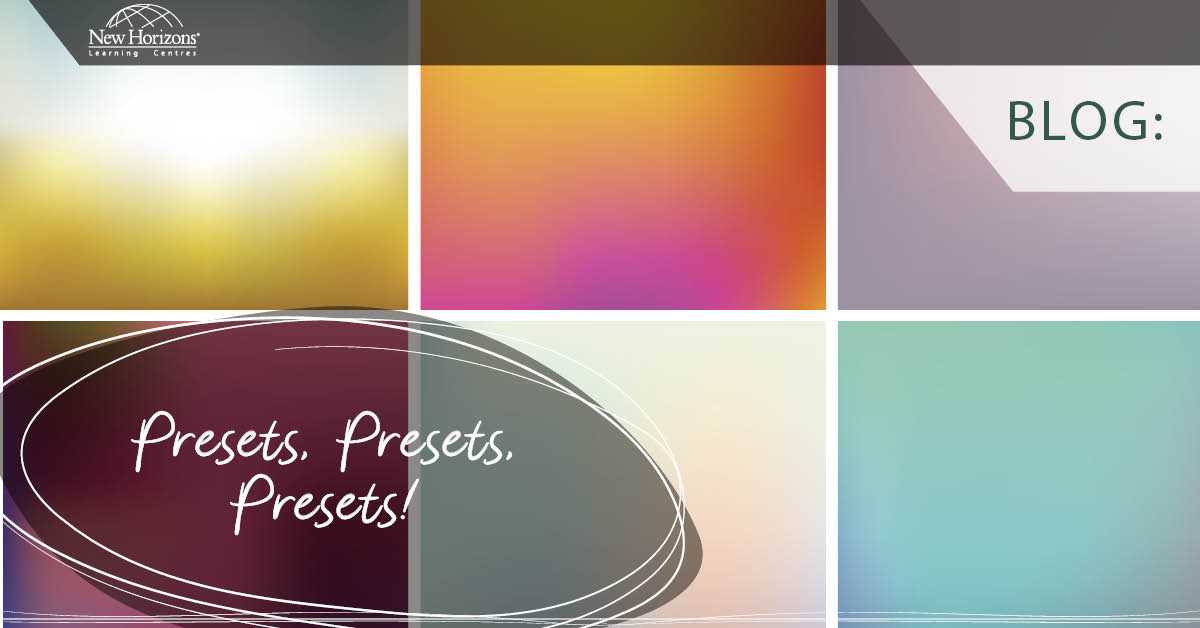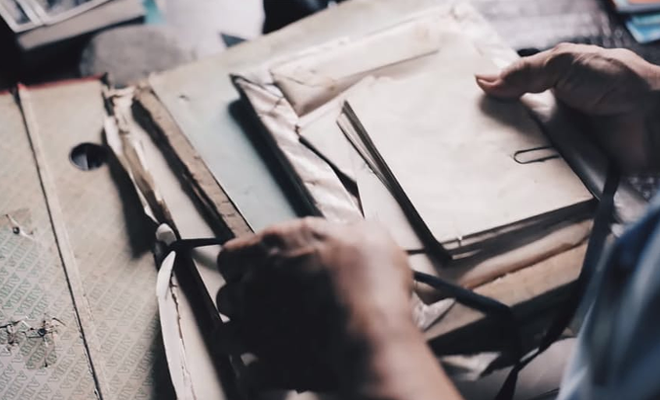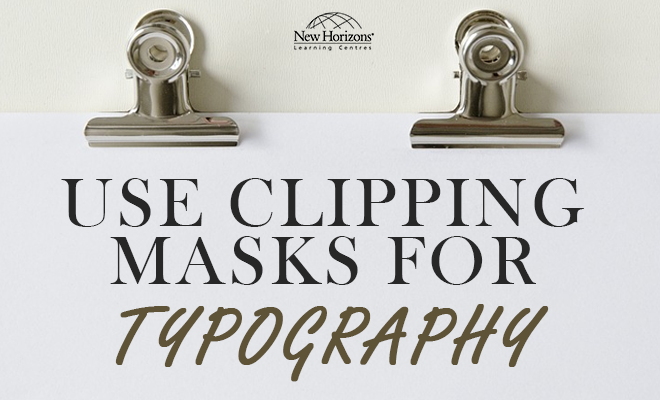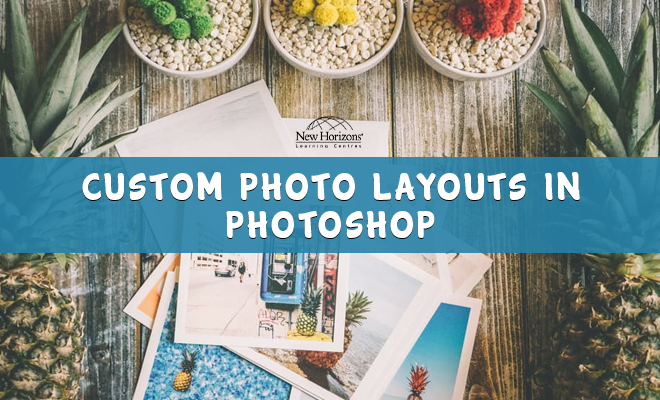
Aug 22, 2017
InDesign CC Presets
Graphic Design is all about getting the best end result from your project. Often in industry we do repetitive work; annual reports, newsletters, flyers, and brochures. My motto has always been “Do it once, do it right and reuse it!” Creating your own presets will save you time and keep your documents consistent. The wonderful thing with Adobe CC is you can then share those customisations with your colleagues.
About InDesign Presets – If you change the feature settings in the dialog box and then save the settings you will be able to reuse them again later. Presets are stored within the document in which they are created. You can use these settings in another document by importing or loading the styles and Presets from the original document. Most Presets can be exported or saved to a separate file and distributed to other staff computers making it easier for you to maintain a company look and feel throughout all of your designs.
Below we will be discussing what some of these presets can do for you.
PDF Export presets – Magazine and print designers must be versatile in many areas. Design and typography is a must, image colour correction is a good bonus, but to be able to work on your own, which means creating print materials from beginning to an end, you have to know about the prepress process. Creating error free print ready PDF files is one such thing. It is good to point out that the images in your publication have to be in CMYK colour mode and at least in 225 dpi resolution. 300 dpi is the default one, but if you cannot have images at 300 dpi, 225 dpi will work fine. You can go lower than this, but this will affect the quality of the images in print. If you are not sure if all of your images and documents are print ready, make sure you run a preflight which will help you determine if your layout files are error free.
Print presets – If you have different printers or job types in your organisation or outsource print jobs to different printing companies, you can automate print jobs by saving all output settings as print presets. Using print presets is a fast, reliable way to print jobs that require consistently accurate settings for many options in the Print dialog box. You might have three printers in your office, and you may find you are constantly finding yourself changing the same settings in the Print and printer driver dialog boxes – stop the repetition and get efficient with print presets!
Trap presets – When you print documents, the printer is seldom absolutely perfect when creating a printed page with multiple inks. The registration (which determines the alignment of the separate colours when printed) will most surely be off. This discrepancy can potentially cause a gap between two colours on a page so that unprinted paper shows through between them.
To solve this problem, use trapping, which overlaps elements on the page slightly so that the gap doesn’t appear between elements. The basic principle of trapping is to spread the lighter of the colours into the other.
Flattener preset – In documents that contain objects to which transparency effects, such as opacity and blending modes, usually need to undergo a process called flattening when they are going to be printed or exported. Flattening divides transparent artwork into vector-based areas and rasterized areas. If you regularly print or export documents that contain transparencies, you can automate the flattening process by saving flattening settings in a transparency flattener preset.
Document presets – If you find yourself in the tedious situation of setting up similar documents repetitively—for example, if you create new trifold brochures several times a week—you can save all the settings in the New Document dialog box as document presets. You can then select from your document presets in the New Document dialog box. This not only saves you time when creating new documents, but it ensures consistency among similar documents. Never again will you wonder about the page size for the book jackets you're working on or the bleed area for a magazine.
You can store settings for reuse, including settings for the following items:
”The links below are to the Adobe website and will give you step by step how to’s”
• Creating PDF Export Presets.
(see: https://helpx.adobe.com/indesign/using/exporting-publishing-pdf.html#customize_adobe_pdf_presets)
• Creating print Presets. All the attributes in the Print dialog box are included in the style.
(see: https://helpx.adobe.com/indesign/using/printing-documents.html#print_a_document_or_book)
• Creating trap Presets
(see: https://helpx.adobe.com/indesign/using/trap-presets.html)
• Creating transparency flattener Presets.
• Creating document Presets.
(see: https://helpx.adobe.com/indesign/using/create-new-documents.html#define_document_presets)
If you would like any more information about our the Graphic Design courses we offer, visit our website or give us a call to speak with one of our Learning Solutions Advisors.
How do your Excel skills stack up?
Test NowNext up:
- Dynamics 365 – Why every business should make the jump.
- Disrupted Student Support
- The Most Amazing Trip In My Life!
- Customer Service 101’s really can make a difference
- Smarter Selling is the Future of Selling
- The I in Problem Solving
- From Bulgaria to Australia
- Project Management Careers in Australia
- Amazing Cities and Sites in Australia
- The Skills Required for Tomorrow’s Technology Practitioners
Previously
- Study in Australia they said. No contest I said!
- Are Your Systems Safe?
- Let’s Talk About Angular 2, I mean 4. No probably 5!
- Considerations When Implementing a Data Warehouse Solution
- RESILIA™ and Cyber Security
- How does a Creative Cloud Library help in InDesign?
- Get Microsoft Certified
- ITIL® Practitioner Guidelines – Start Where You Are
- ITIL® Practitioner – Looking at the nine guiding principles
- The Benefits of Office 365













